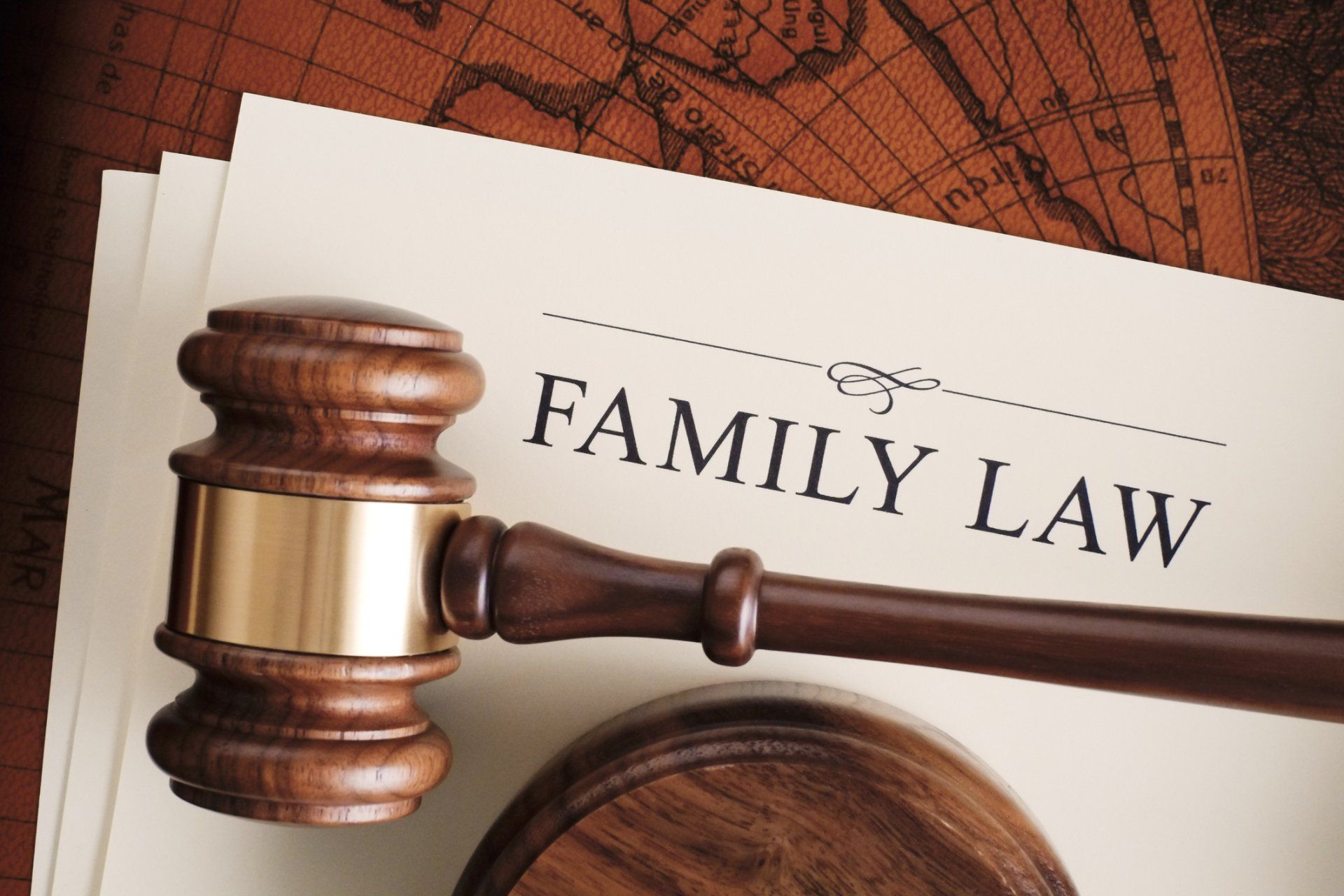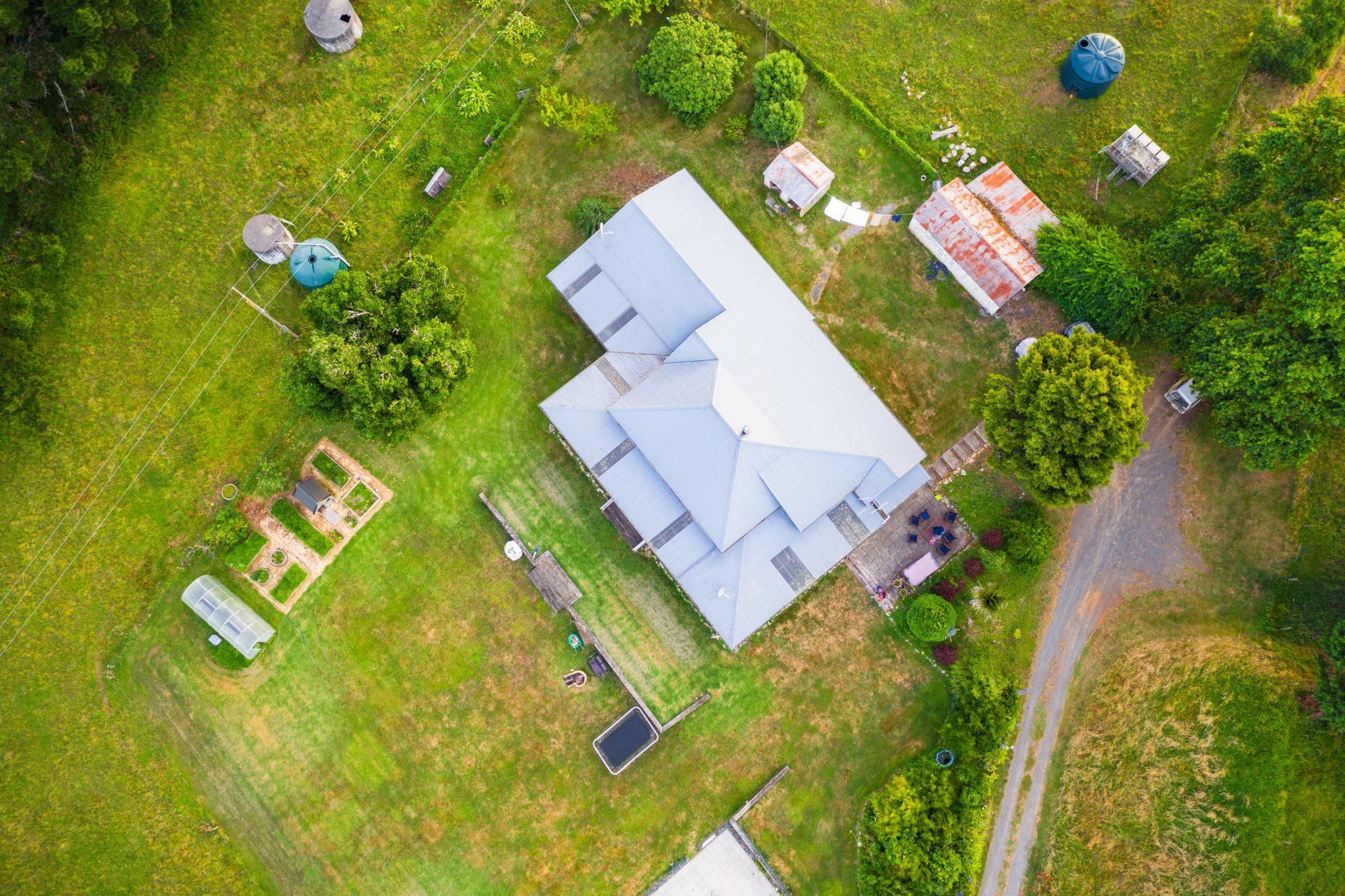By Caitlin Jones
•
December 4, 2023
In force from 28th November 2023, NSW became the latest Australian state to enact voluntary assisted dying legislation. NSW is the last State to pass such legislation that aims to allow terminally ill patients, or patients in the late stages of advanced diseases, the ability to voluntarily pass peacefully and with dignity. The legislation will give individual patients more control over their end-of-life circumstances, in consideration of factors such as stress, autonomy, quality of life and equal value of human life, amongst other factors. What is voluntary assisted dying (VAD)? Voluntary assisted dying involves the utilisation of medication to bring about the death of a patient. This medication can be administered by a medical practitioner or, if the patient so chooses, they have the option to self-administer under the supervision of a medical practitioner. It is important to recognise the distinction, that this form of dying does not constitute suicide under NSW law. Who is eligible? The option of voluntary assisted dying is available to patients in NSW that: Are over the age of 18 years; Are an Australian Citizen; Have lived in NSW for 12 months or more; Are suffering from at least one disease highly probable to cause death Has the decision-making capacity to act voluntarily. The person is not eligible if they have dementia, disability or other mental illness. What is decision making capacity? Outlined in Section 6 of the Act, a patient will be deemed to have decision-making capacity if they can demonstrate an understanding of the information and advice regarding assisted dying, remember such information, understand the matters related to assisted dying and the enduring effects of such a decision. The patient must also be able to weigh up the factors and advice and be able to communicate their decision or request for access to voluntary assisted dying. What is the process to access voluntary assisted dying? A patient must make a first request: This requires the patient to communicate to their medical practitioner in a clear and unambiguous manner their wish to access voluntary assisted dying. The medical practitioner can accept or refuse this request. If they do however accept, a first request form will need to be completed and taken to the voluntary assisted dying board for approval. This practitioner will now become the patient’s coordinating practitioner. By making a first request a patient is not making an irreversible decision, they are able to revoke this at any time should they wish to discontinue the process. Coordinating practitioner to make first assessment: The coordinating practitioner will assess the patient in relation to each limb of the eligibility criteria to deduce whether they are suitable to access voluntary assisted dying. They have the option to utilise a second opinion if needed, but must provide all information to the patient, including notifying them of the assessment report. Consulting assessment by consulting practitioner: An independent consulting practitioner will be introduced to separately assess the patient to ensure that the eligibility criteria is being satisfied to the fullest extent. Written declaration by the patient: Following the assessments by both the coordinating and consulting medical practitioners, the patient should make a signed written declaration signifying their wish to access voluntary assisted dying. Final request and review by the coordinating practitioner: Patients will again need to make an unambiguous request to their coordinating practitioner. Upon this request the practitioner will undertake the final review. At this point the patient is still not obligated to continue the process of assisted dying and can at any point revoke their request. Do healthcare professionals have a duty to engage in VAD? No, the law does not compel doctors, nurses, or other healthcare professionals to participate in VAD. They cannot be forced to provide information about VAD, assess eligibility, or administer substances for voluntary assisted dying. If a doctor conscientiously objects to VAD, they may assist in finding another willing practitioner. However, if unsuccessful, you might need to take the initiative to get a new healthcare professional who is more open to assisting with the VAD process. Remember, conscientious objection is respected, and alternative support should be sought.













